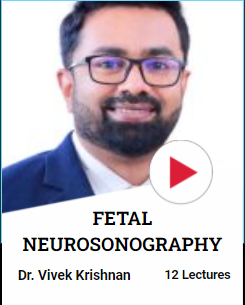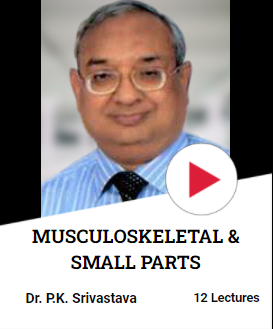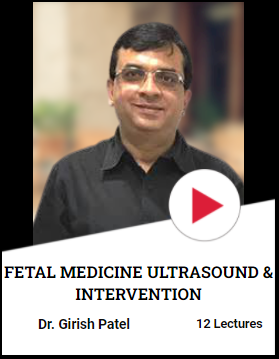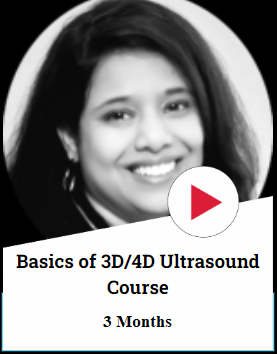Electrosonography is also called sonography, it uses computer-based vibrations transducer technology that is quick and non-invasive and records joint sounds and vibrations originating in the temporomandibular joints (TMJ). In simpler words, Electrosonography is listening to the sounds in the joints through graphs. Electrosonography measures intracapsular TMJoint sounds, duration of the sound, the exact location of the occurrence of the sounds during jaw opening and closing using a kinesograph. Electrosonography is done by using a pair of ultra-sensitive transducers that are held in place by a lightweight headset over the TMJoint. These vibrations are monitored by the transducers, amplified, and inputted into the display screen.
Electrosonography, a technology development that has improved patient care.
Electrosonography is done to identify and quantify various levels of joint health through frequency, duration, location of joint sounds, and amplitude in the opening and closing cycles. This is done to get information to make a diagnosis, an accurate diagnosis. The patterns that are attained helps the doctors to diagnose any disorders or diseases and give their patients the right treatment. it is an important part of the diagnosis for temporomandibular disorder patients (TMD) called ‘standard of care’ during the examination. There are various benefits of getting Electrosonography. Electrosonography helps with early diagnosis, it helps hear sounds like popping, clicking, or grinding. The scan creates sound graphs that help doctors know what exactly the issue is, based on the type of graph.
Electrosonography helps with tracking the progress of the treatment, doctors can compare the graphs from different sessions. These graphs are extremely accurate and that is why doctors rely on these graphs and decide on the next steps of the treatment. Electrosonography helps doctors recognize different kinds of sounds through graphs. In the earlier days, doctors used a stethoscope to figure out the sound, which was difficult for anyone as these sounds is not easy to hear. Technology has improved patient care to a great extent, instead of relying on the documents and notes, it is easier to compare the scan graphs of different sessions. Electrosonography even shows the difference between soft tissues and bone sounds that a normal ear cannot differentiate between. High amplitude and low frequency indicate soft tissue sounds, low amplitude, and high frequency indicate grating and crepitus sounds (bone to bone sounds).
Learn the skills of Electrosonography and advance your career today.
With these benefits the doctors are at ease now when it comes to patient treatment however learning to study these graphs and how to conduct the Electrosonography is vital. Learning is now easy and interesting with the Onelearning platform. Onelearning offers various learning methods like animated learning videos, e-learning, case studies, documentaries, one-minute learning videos, and more. Onelearning also offers distance learning for those who cannot take long leaves from their jobs or those living in different parts of the world. Onelearning bringing education to you. Join today!












